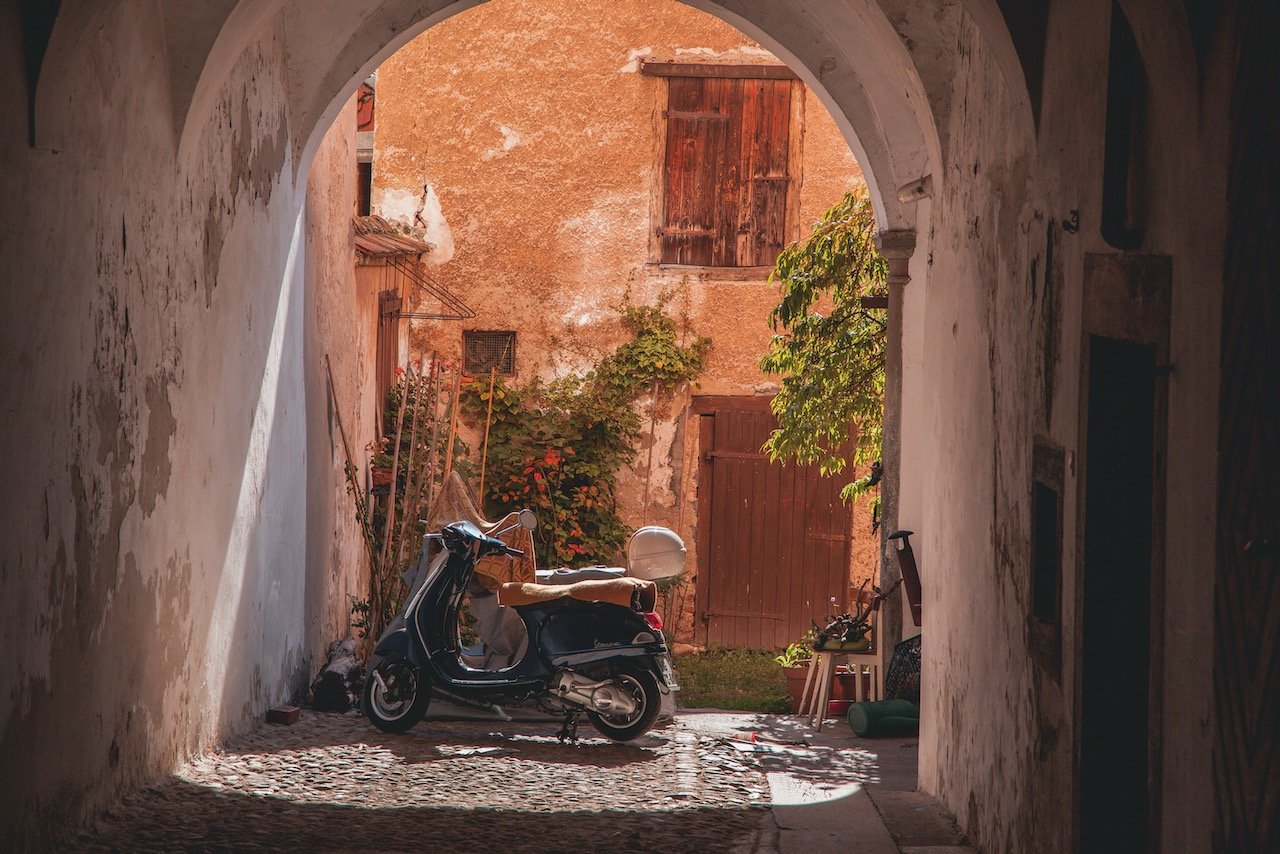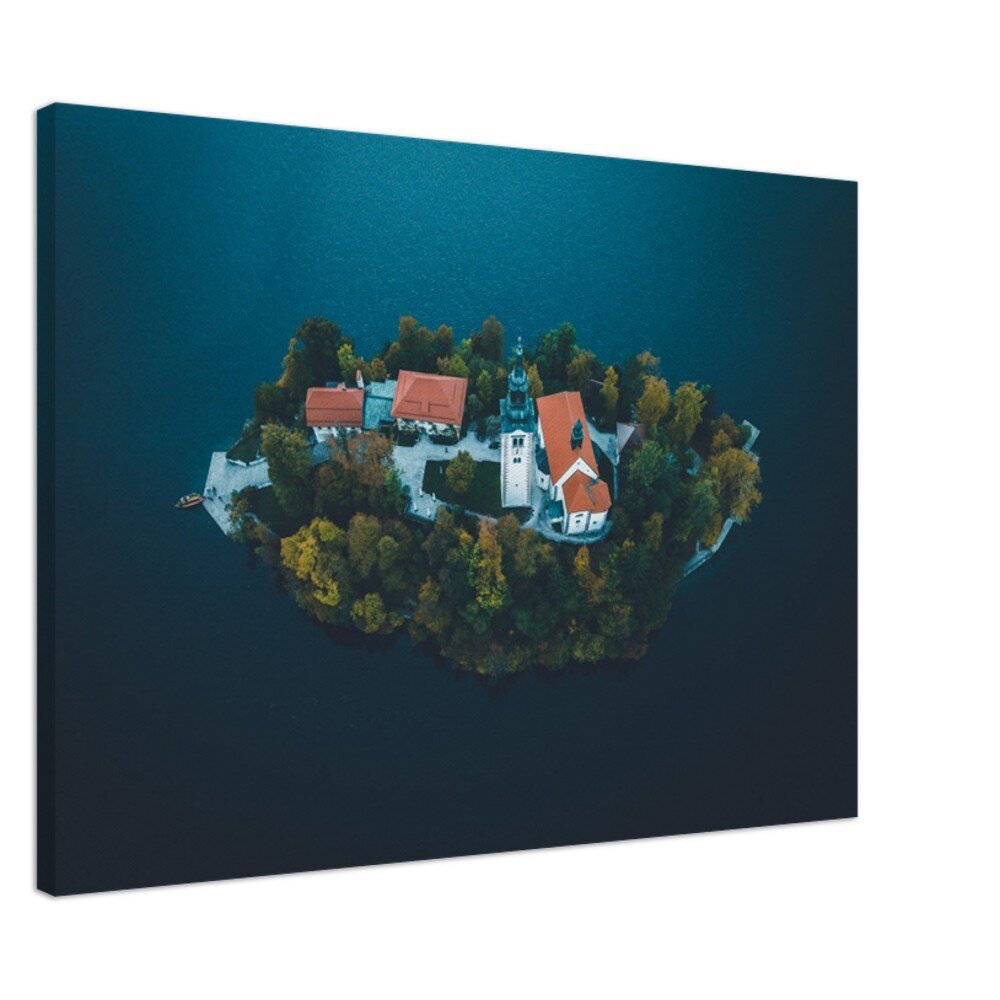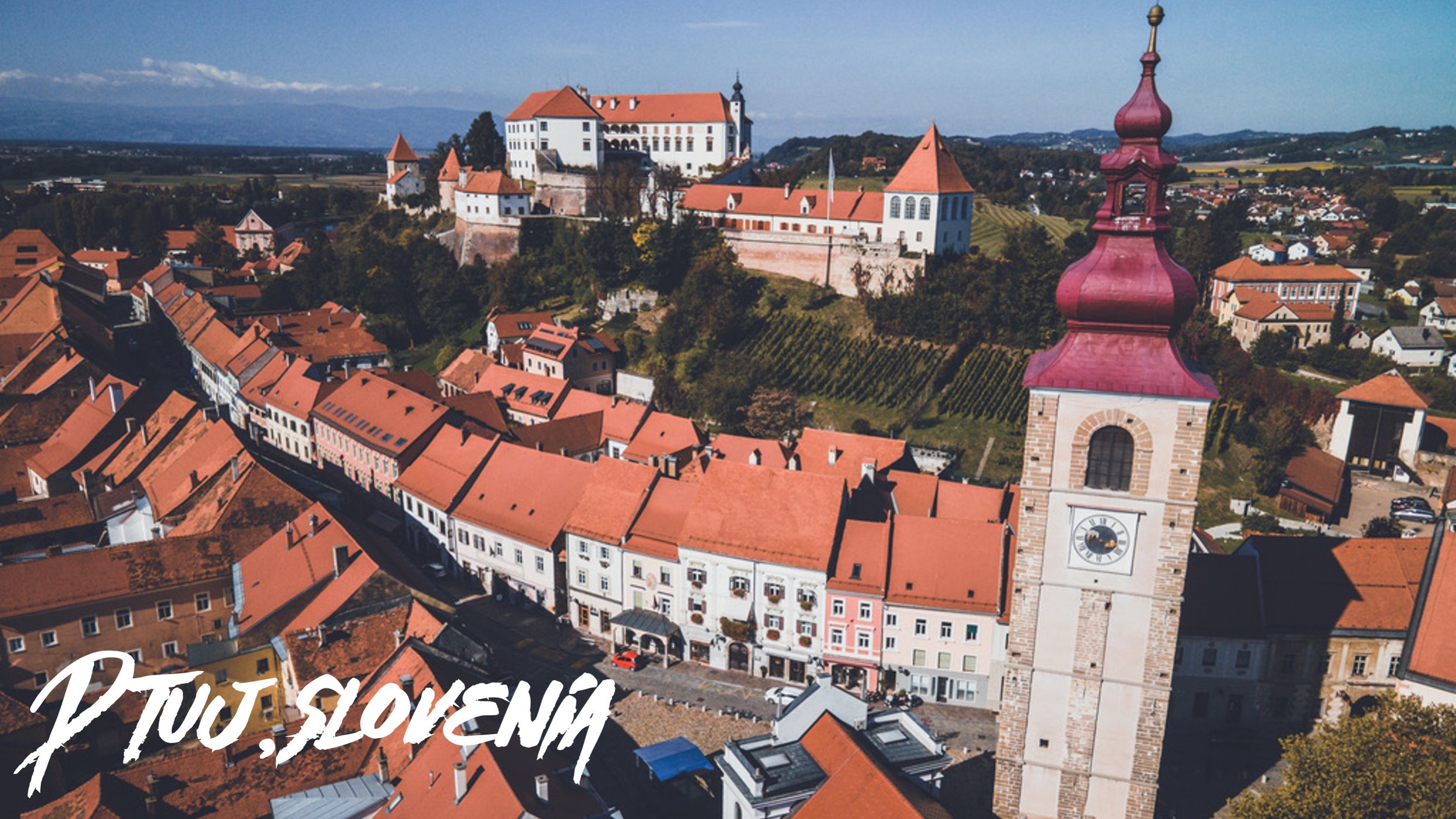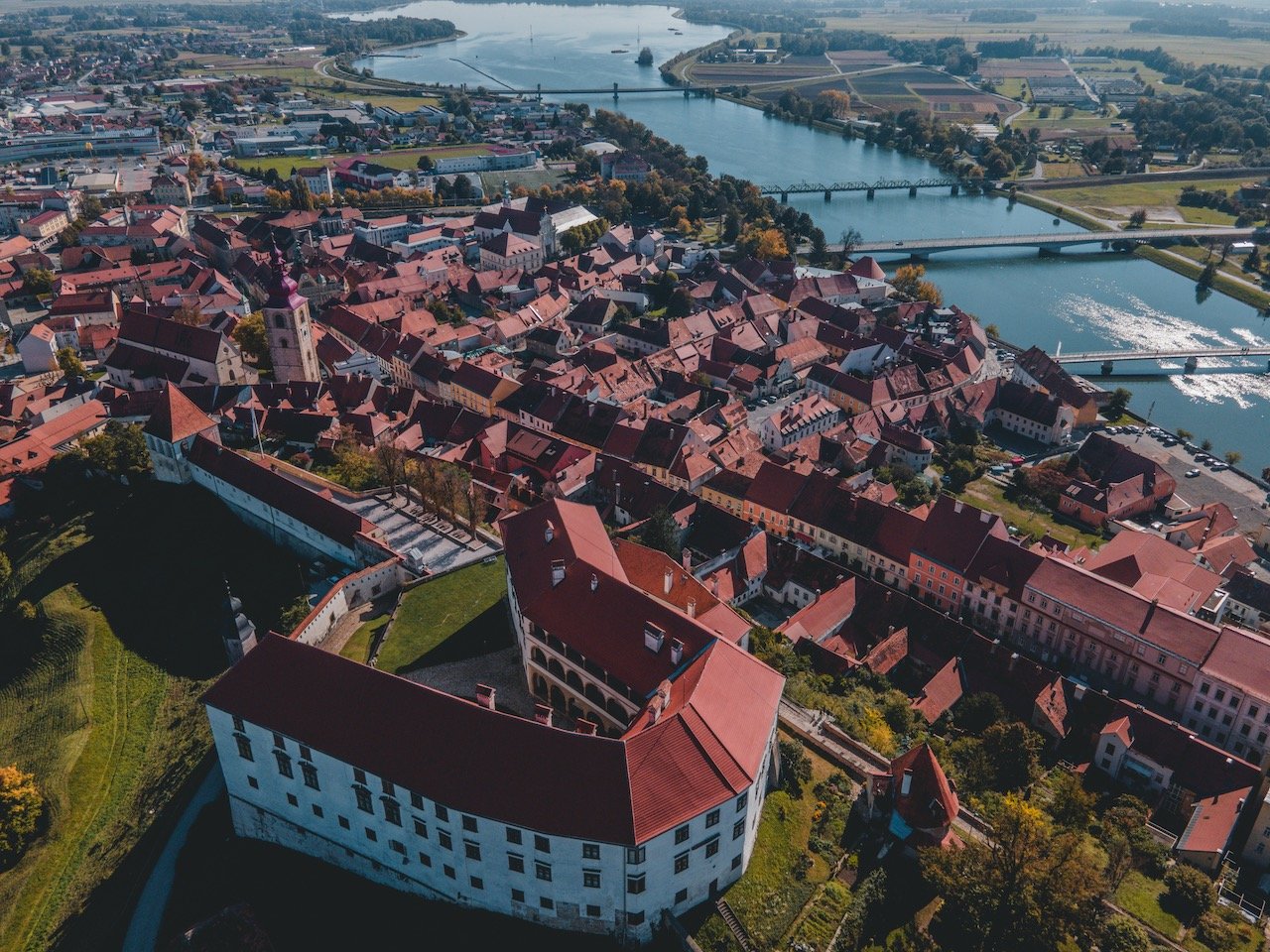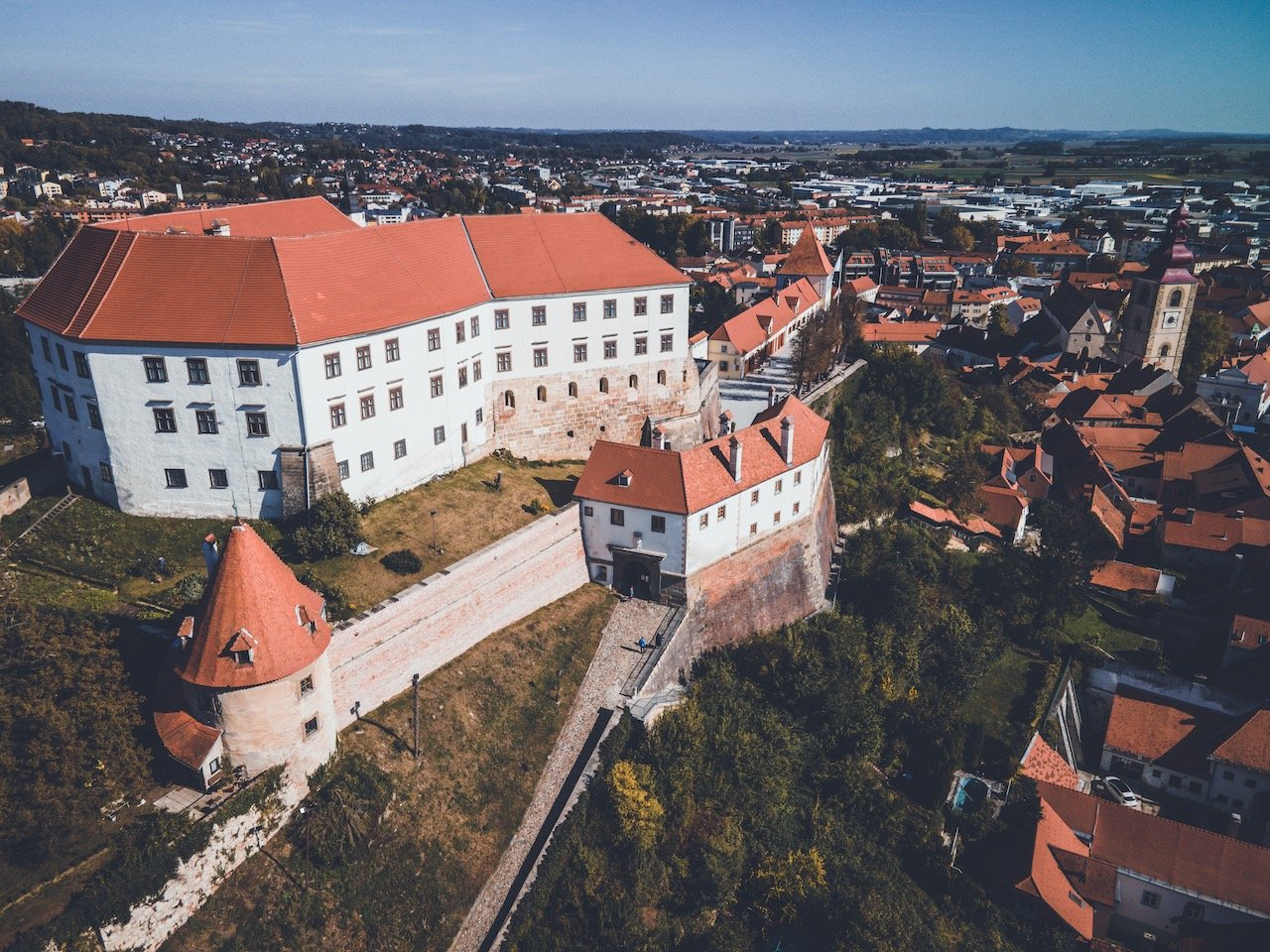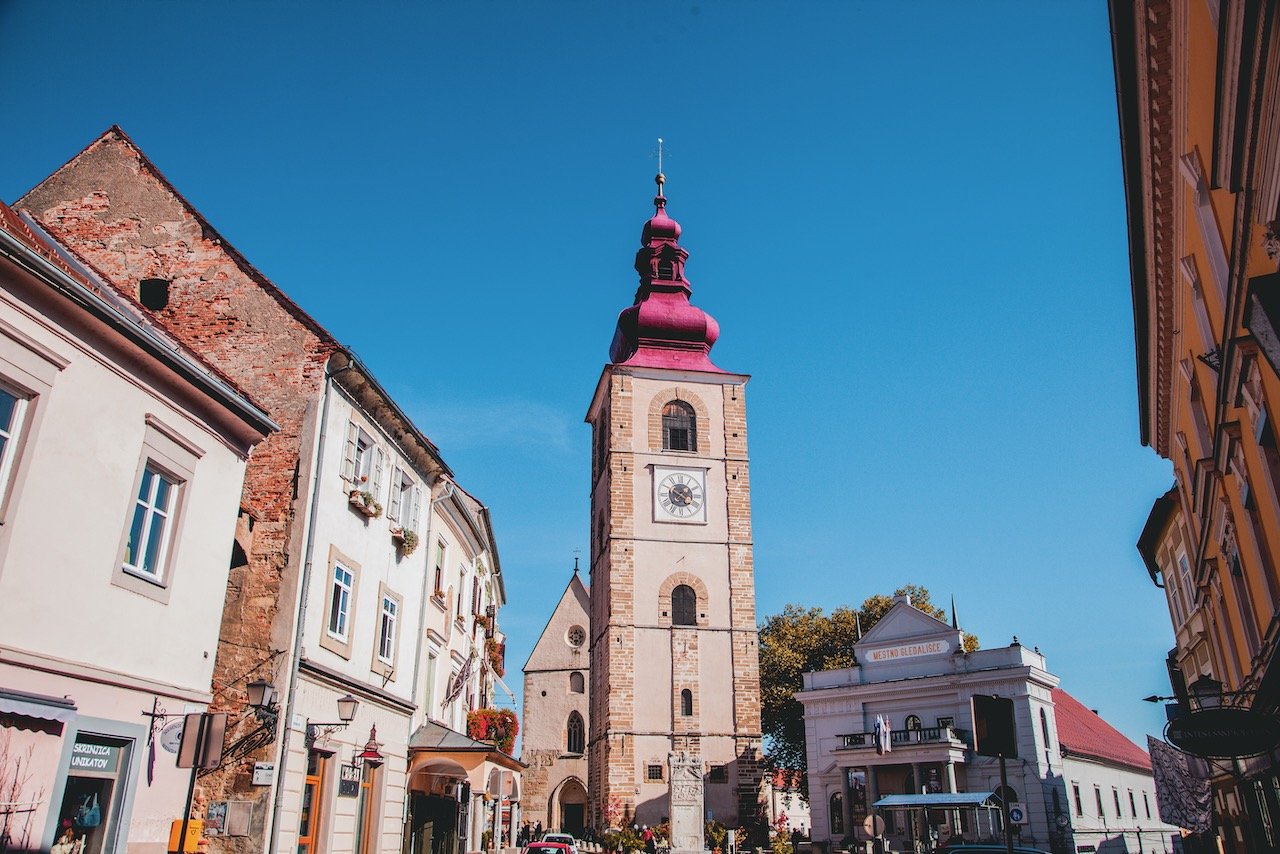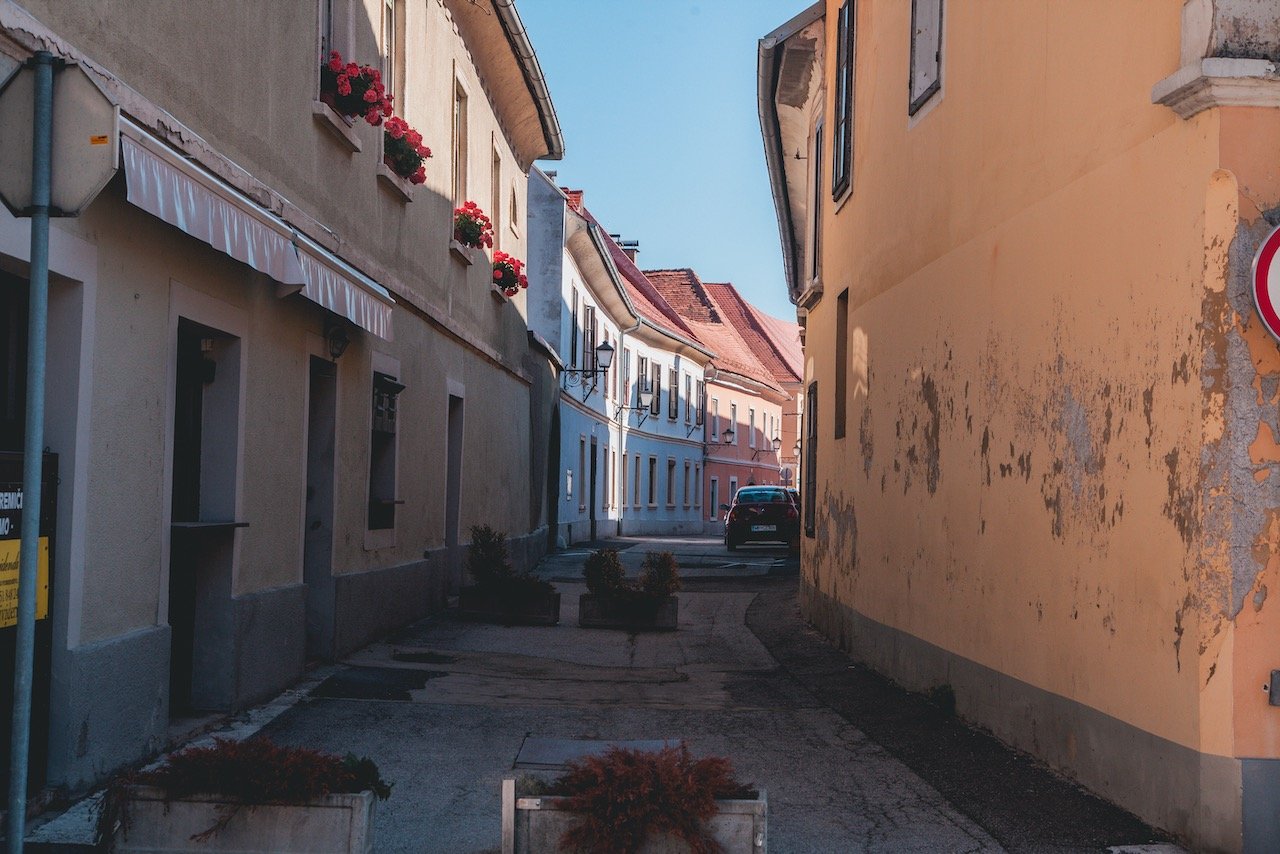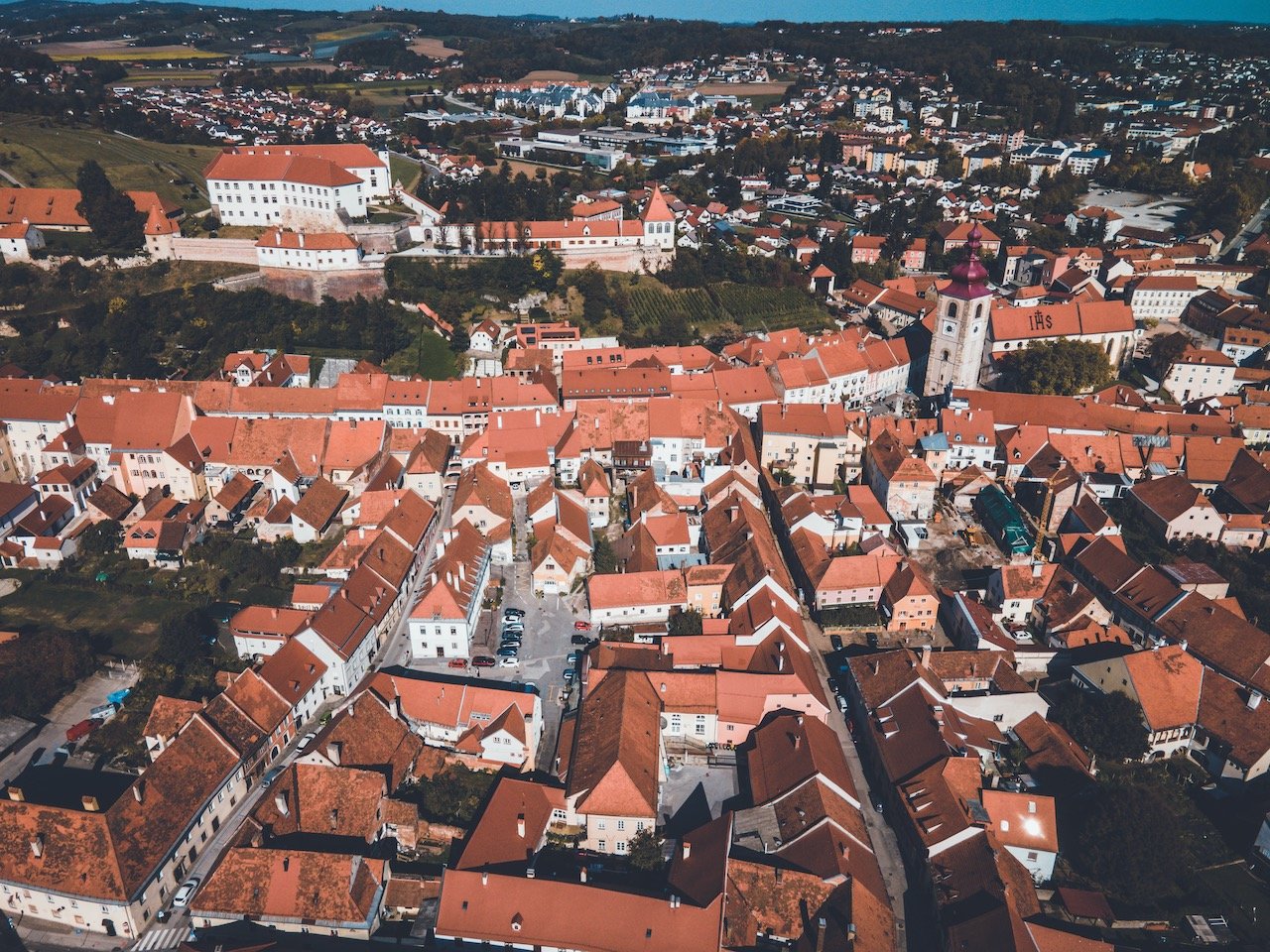Check out the small Slovenia town of Ptuj
(Some links in this post are affiliate links. If you click through and take action, I'll be compensated.) If you are also interested in any PRINTS from any of my posts, be sure to check out my store where you can buy prints as posters, in metal/wooden frames or on canvas.
**This post is the 2nd of a 7-post series discussing what to see on your Slovenian road trip (You can check out the other parts in the list below, separated by each city/region (just click the name to see the blog post. Everything is also summarized in another post here.**
Ljubljana (Blog Post: Why Ljubljana, Slovenia is such a wonderful country capital)
Ptuj (Blog Post: Check out the small Slovenia town of Ptuj)
Maribor (Blog Post: Take a trip to the wine region of Maribor, Slovenia)
Bled (Blog Post: Why Bled is the best city in Slovenia to visit)
Triglav National Park (Blog Post: The best places to see in Triglav National Park in Slovenia)
Piran (Blog Post: Why Piran is a hidden gem in Slovenia)
Slovenian Road Trip Summary (Blog Post: The Epic Slovenia Road Trip)
Ptuj is located in the Northeast of Slovenia, near the larger town of Maribor. It is the OLDEST recorded city in Slovenia with origins back to the Stone age. It’s importance was underscored due to its location on an important prehistoric trade route between the Adriatic and Baltic seas.
My journey here from Ljubljana took only two hours (with small stops to see Celje and Zovnek castles). Only about half a day is required to see the main city sights. A Google Map of the places I will discuss can be seen at the end of this post.
The history of Ptuj is storied:
The first mention of the city of Ptuj dates alllll the way back to 69 AD, since it was the site of a Roman fort which fell to the Huns in 450.
Occupied by Slavic tribes during the Middle Ages and part of the Frankish empire.
Known as ‘Pettau’ during the Ottoman Wars, of which it experienced heavy damage from multiple fires.
Incorporated into Yugoslavia post World War I.
Occupied by Nazi Germany until 1945. Populated by Slovenes thereafter.


